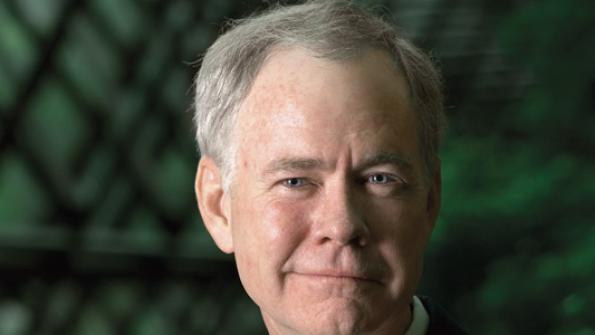
The auto industry is investing more than $100 billion to come out with hundreds of models of battery-electric vehicles in the next four years despite miniscule consumer demand.
Automakers are doing this only because of government regulations that mandate specific market-share targets for BEVs. But the mandates are running far ahead of what consumers will buy. We are headed for a train wreck of epic proportions.
China is mandating that 20% of all vehicles sold by 2025 be BEVs. In Europe, automakers volunteer they will hit a 20% goal in the same time frame, while in the U.S., California and nine other states have set a 15% mandate.
Global automakers have announced broad plans to launch 200 new BEVs in the next four years, including China. Wards Intelligence has identified at least 85 BEV models planned for commercial availability in major world markets by 2025.
Automakers are engaged in a bragging war over how much money they’re spending on BEVs, and how many models they’ll bring out. According to some estimates, in the U.S. alone 120 BEV models will hit dealer showrooms in the 2021-2022 time frame.
But the reality is that consumer demand for BEVs is tiny. In the U.S., they account for 0.6% of all sales. In Europe and China, the numbers are slightly better thanks to more generous subsidies, but they still represent a small fraction of the overall market.
Where are all the BEV buyers going to come from? California and its cohorts are mandating that sales in their markets grow from roughly 60,000 BEVs to more than 1 million a year in just a few years. That would represent the fastest market shift in the history of the industry. At the current rate of adoption, they’re going to miss their goals by a mile.
Here’s what’s likely to happen, at least in the U.S. Over the next three to four years more than 100 BEV models could go on sale, up from 12 today. They will attract some attention, but once most shoppers look at the sticker prices or discover the monthly lease payments, they’ll move on to something more affordable.
Since automakers are mandated to sell specific percentages of BEVs or face stiff fines, they’ll be forced to offer big discounts. They will lose a lot of money. Dealers will be reluctant to order more BEVs because they don’t want to get stuck with slow-selling models that need massive support from the factory.
Residual values will plummet, as we’ve already seen happen with BEVs, because there is even less demand for them as used cars. Anyone who purchases a BEV will be horrified at how fast it depreciates. And because residual values determine lease payments, the lease rates on new BEVs will shoot up, unless the factory runs in to subsidize them, and lose even more money.
Meanwhile the media will pounce on how much money the car companies are losing on electric cars. They’ll run stories on how BEV sales are missing their targets. And they’ll discover the abysmal resale value of these cars. It won’t take long before most of the country believes BEVs are a bad choice and best avoided.
And that would be bad. BEVs have an important role to play for the auto industry, for consumers and for society in general.
In another decade or so they stand a good chance of being affordable and practical. But in the next four years, not so much.
Once the public forms an opinion about a product it is almost impossible to change. And the reality is that in the next four years consumers will encounter BEVs that are expensive, slow to recharge and have limited driving range.
Early adopters and environmentalists won’t have a problem with that. But they only account for 3% of the market. And on a nationwide basis, that’s probably where BEV sales will stall out, around 3%.
We keep hearing the price of batteries is plunging, that solid-state batteries will revolutionize BEVs and that fast-charging stations will be plentiful. I can’t wait. But these advances will not arrive soon enough to prevent the coming fiasco.
About the Author
You May Also Like

